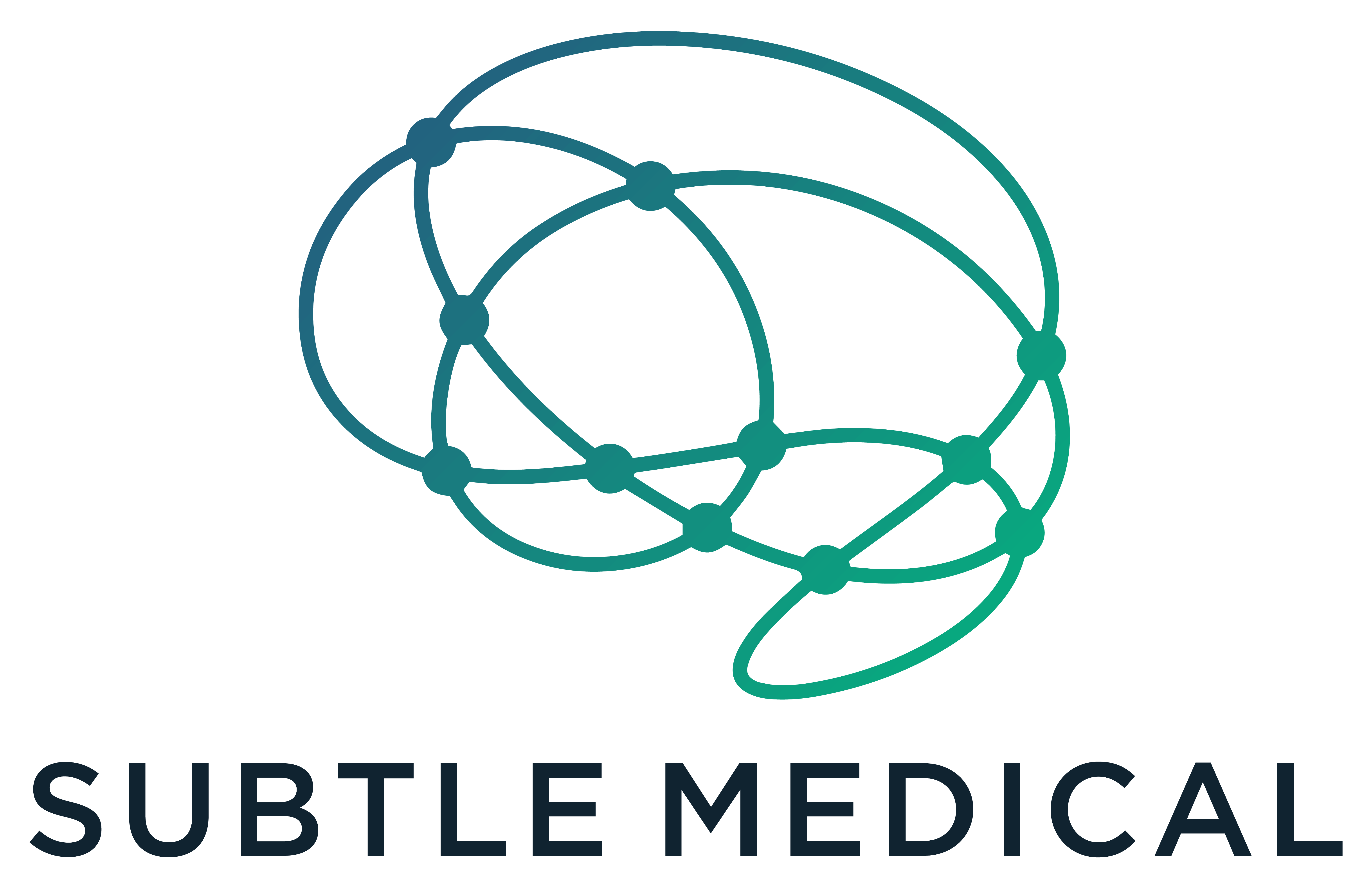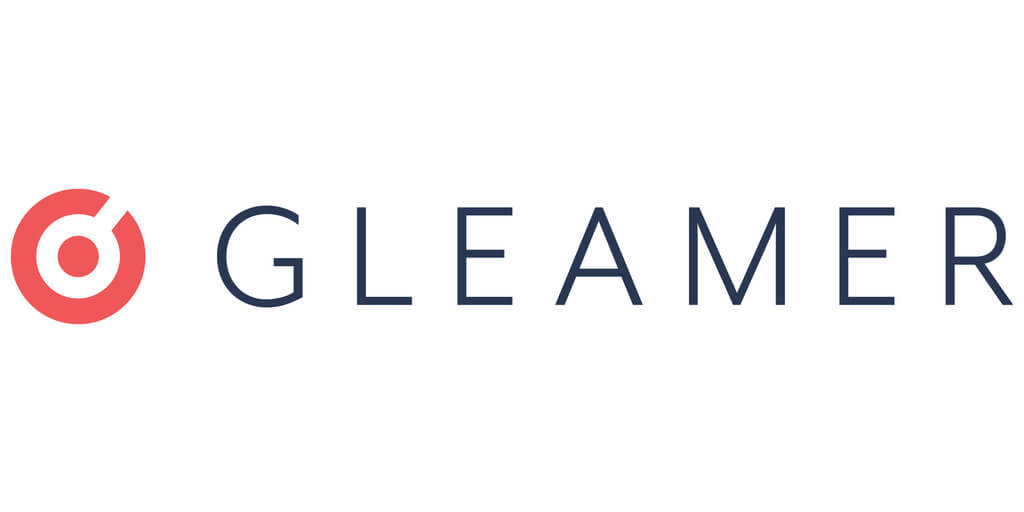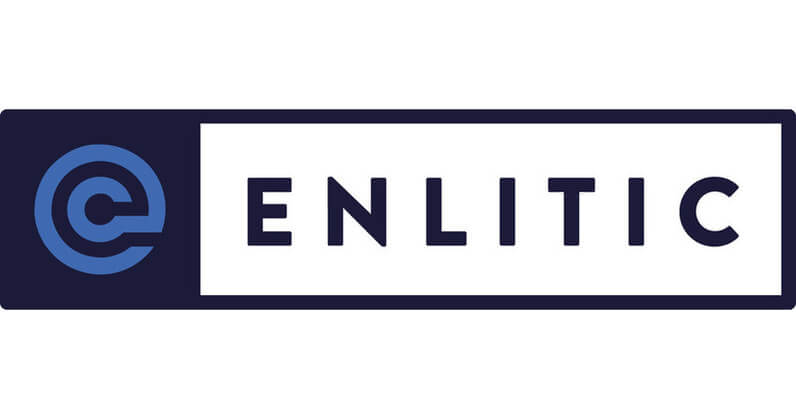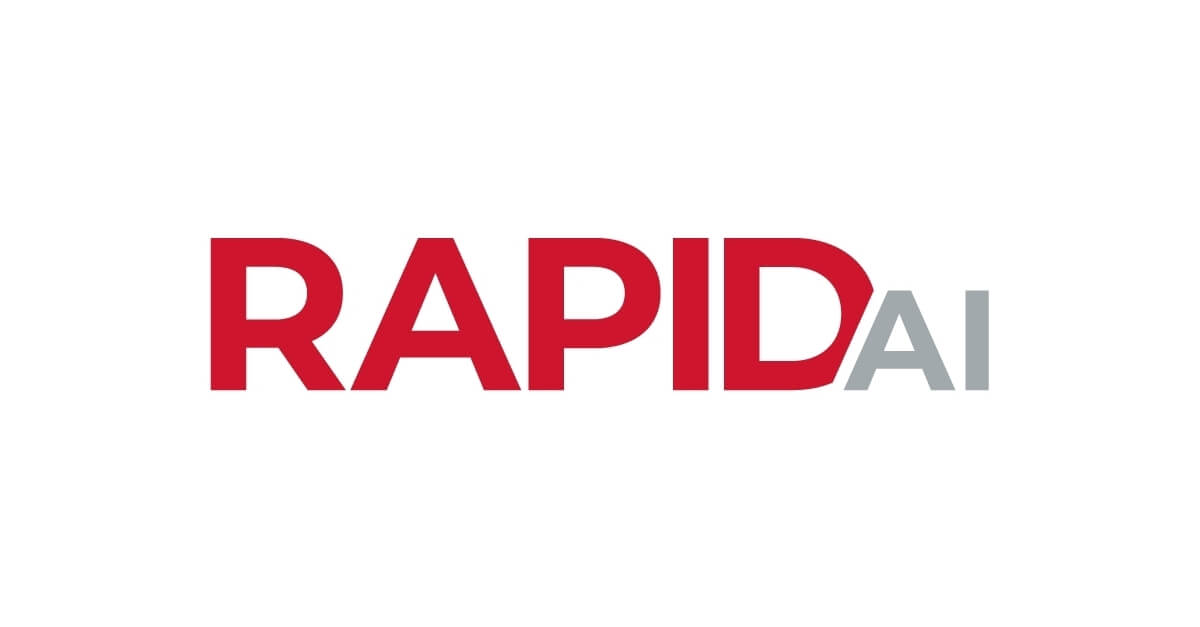Introduction
Technology advancements in the ever-evolving area of medicine continue to change how diseases are identified and treated. The incorporation of artificial intelligence (AI) solutions into radiology is one of the most exciting recent developments. AI has emerged as a game-changer, transforming the field of radiology as healthcare professionals work to improve accuracy, efficiency, and patient outcomes. AI solutions are equipping radiologists with strong tools that can enhance their knowledge, streamline processes, and unearth previously unattainable insights from medical images. These tools are made possible by leveraging machine learning algorithms, deep neural networks, and data-driven analytics.
Key applications of AI in the medical imaging field
AI is revolutionizing medical imaging in several ways. Here are some of the key applications of AI in this field:
Image interpretation
AI algorithms can analyze medical images, such as X-rays, CT scans, MRI scans, and mammograms, to assist in the interpretation and detection of abnormalities. AI models can be trained on large datasets of labeled images to identify patterns and markers associated with various diseases and conditions. This enables faster and more accurate diagnosis by flagging potentially concerning areas for further review by radiologists.
Computer-aided detection (CAD)
CAD systems utilize AI algorithms to automatically highlight suspicious regions on medical images. For instance, in mammography, AI can help detect breast lesions that may indicate the presence of breast cancer. CAD systems can act as a second pair of eyes for radiologists, improving their efficiency and reducing the chances of overlooking important findings.
Tumor segmentation
AI techniques can segment tumors and lesions in medical images, aiding in treatment planning and monitoring. By precisely delineating the boundaries of tumors, AI algorithms assist in determining tumor size, growth rate, and response to therapy. This information is crucial for optimizing treatment strategies and assessing treatment outcomes.
Image reconstruction
AI can enhance medical image reconstruction techniques, allowing for improved image quality, reduced artifacts, and lower radiation exposure. By leveraging deep learning algorithms, AI can reconstruct images from sparse or low-dose data, making it particularly useful in fields like computed tomography (CT) and magnetic resonance imaging (MRI).
Workflow optimization
AI algorithms can streamline and automate various tasks in medical imaging, improving workflow efficiency. For example, AI can automatically sort and prioritize images, pre-process data, and generate preliminary reports, freeing up radiologists’ time for more complex and critical tasks.
Prognostic modeling
AI can assist in predicting patient outcomes by analyzing medical images in conjunction with clinical data. By leveraging machine learning algorithms, AI can identify imaging biomarkers associated with disease progression, treatment response, or survival rates. These predictive models can aid in personalized treatment planning and decision-making.
Data mining and research
AI can analyze large volumes of medical imaging data, electronic health records, and research literature to discover patterns, correlations, and new insights. This can help researchers identify risk factors, develop new diagnostic criteria, and explore novel treatment approaches.
10 AI companies in radiology to follow
As the AI landscape in radiology expands rapidly, staying up-to-date with the latest advancements becomes crucial. To help you navigate this dynamic field, we have curated a list of AI companies in radiology that are making significant contributions and leading the way in this domain:
1. Aidoc develops advanced healthcare-grade AI based decision support software. Its technology analyzes medical imaging to provide one of the most comprehensive solutions for flagging acute abnormalities across the body, helping radiologists prioritize life threatening cases and expedite patient care. Aidoc offers 13 FDA-cleared (510k) AI solutions developed in-house for diagnostic imaging triage and notification.
2. Lunit is a public company that develops medical AI software for cancer screening and treatment. Its AI solutions help detect early-stage cancer (Lunit INSIGHT) and optimize cancer treatment (Lunit SCOPE), provided to medical institutions around the world.
3. Viz.ai comprehensive AI-powered care coordination solution leverages advanced, FDA-cleared algorithms to analyze medical imaging data, including CT scans, EKGs, echocardiograms and more, providing real-time insights.
4. Subtle Medical– developing SubtleMR™, which reduces image noise for the entire body, including but not limited to, head, spine, neck, abdomen, pelvis, prostate, breast and musculoskeletal regions of the body, and increases image sharpness for head MRI.
5. Arterys – Arterys is the medical imaging AI platform allowing medical institutions to weave AI clinical applications directly into their existing PACS or EHR driven workflow.
6. Gleamer – Gleamer offers a suite of AI solutions for radiology that encapsulate medical-grade expertise. Our company wants to support imaging readers to secure diagnoses for all patients at all times while improving comfort and workflow efficiency.
7. Qure.ai – Qure’s aim is to leverage deep learning effectively to diagnose disease from radiology and pathology imaging, and create personalized cancer treatment plans from psychopathology imaging and genome sequences.
8. Enlitic – The Enlitic Curie™ framework standardizes, protects, integrates, and analyzes data to create the medical imaging layer of a real-world evidence database that improves clinical workflows, increases efficiencies, and expands capacity.
9. RapidAI – RapidAI enables neurovascular and vascular clinical teams to push the boundaries of care, reducing time to treatment and improving patient outcomes. Delivered via mobile device, desktop and PACS, the Rapid clinical platform leverages artificial intelligence (AI) to create enhanced, high-quality images from NCCT, CTA, CTP and MRI diffusion and perfusion data, helping physicians make expedient diagnoses and treatment and transfer decisions.
10. Sirona Medical – Sirona’s radiology operating system (RadOS) puts radiologists in the driver’s seat with AI-powered solutions that simplify their workflow and amplify their work product.
The integration of AI into medical imaging holds great potential for improving diagnostic accuracy, treatment planning, and patient outcomes while also enhancing the efficiency and productivity of healthcare providers.
The need for an interoperable infrastructure to sustain AI development
An interoperable imaging infrastructure is essential when building AI in radiology for several reasons:
Data integration
Radiology departments often have multiple imaging systems with different formats and data storage mechanisms. An interoperable infrastructure enables the integration and consolidation of data from various sources, making it accessible for AI analysis. It allows for the aggregation of diverse imaging data, including images, reports, and associated metadata, into a unified format that AI algorithms can process.
Data accessibility and availability
An interoperable infrastructure ensures that data is readily accessible to AI algorithms. It enables seamless retrieval of imaging data from different sources, such as picture archiving and communication systems (PACS), electronic health records (EHRs), and other medical imaging repositories. This accessibility enhances the efficiency of data collection for training AI models and facilitates real-time analysis during clinical workflow.
Data standardization
Interoperability facilitates the standardization of imaging data across different systems and institutions. It involves adopting common data formats, such as DICOM (Digital Imaging and Communications in Medicine), and standardizing metadata structures. Consistent data formats and standards enable efficient data exchange, reduce data inconsistencies, and ensure the compatibility of AI algorithms across different platforms.
Scalability and collaboration
An interoperable infrastructure supports scalability and collaboration in AI research and development. It enables the seamless sharing of imaging data and AI models among researchers, clinicians, and institutions. This fosters collaboration, accelerates the development of AI algorithms, and encourages the exchange of knowledge and expertise.
Workflow integration
Interoperability allows for the seamless integration of AI algorithms into the radiology workflow. By integrating AI with existing imaging systems, such as PACS and radiology workstations, AI outputs can be conveniently presented to radiologists and integrated into their diagnostic processes. This integration enhances the efficiency and effectiveness of radiologists’ work by providing AI-driven insights within their existing workflows.
Regulatory compliance and data privacy
An interoperable infrastructure ensures compliance with regulatory requirements and data privacy standards. It enables the implementation of appropriate data access controls, data encryption, and audit trails. This safeguards patient privacy, protects sensitive data, and ensures compliance with legal and regulatory frameworks, such as HIPAA (Health Insurance Portability and Accountability Act).
An interoperable imaging infrastructure like Medicai’s is essential for efficient data integration, accessibility, standardization, scalability, collaboration, workflow integration, and regulatory compliance when building AI in radiology. It enables the seamless exchange and utilization of imaging data, supporting the development and deployment of AI algorithms to enhance patient care and improve diagnostic accuracy.
Want to learn more about how technology can support your growing practice? Check out our latest guide, Future of A.I. in Healthcare. It offers insights on top challenges, emerging trends, and much more.















